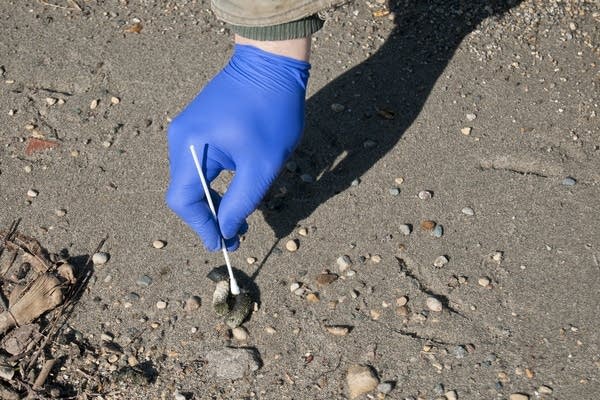Minnesota to expand wild bird flu testing; only 1 infected bird found
Go Deeper.
Create an account or log in to save stories.
Like this?
Thanks for liking this story! We have added it to a list of your favorite stories.

Minnesota officials plan to expand testing wild birds for avian influenza, though more than 3,300 samples tested so far have revealed only one positive hit for the highly pathogenic flu.
The Minnesota Department of Natural Resources on Thursday said it will test ducks and geese this summer as part of normal banding operations and expects to test hunter-killed ducks in the fall as it works to find answers about the spread of the virus that's either killed or forced the destruction of millions of turkeys, largely on farms in western and southwest Minnesota.
"We know that waterfowl serve as reservoirs for avian influenza because they contract the virus, but normally are not killed by it. However, what we don't know is what role wildlife may have played in recent infections in domestic poultry," Lou Cornicelli, DNR wildlife research manager, said in a statement.
A Cooper's hawk found in Yellow Medicine County remains the only wild bird found with avian influenza.
The DNR has collected more than 3,000 fecal samples from wild waterfowl, including about half from around farms and turkey operations infected by the highly pathogenic virus.
No positives were found, although 3 percent of the samples were positive for low pathogenic avian influenza, a result officials said was not surprising. The 84 wild turkeys submitted during hunting season all tested negative, the DNR added.
Turn Up Your Support
MPR News helps you turn down the noise and build shared understanding. Turn up your support for this public resource and keep trusted journalism accessible to all.




